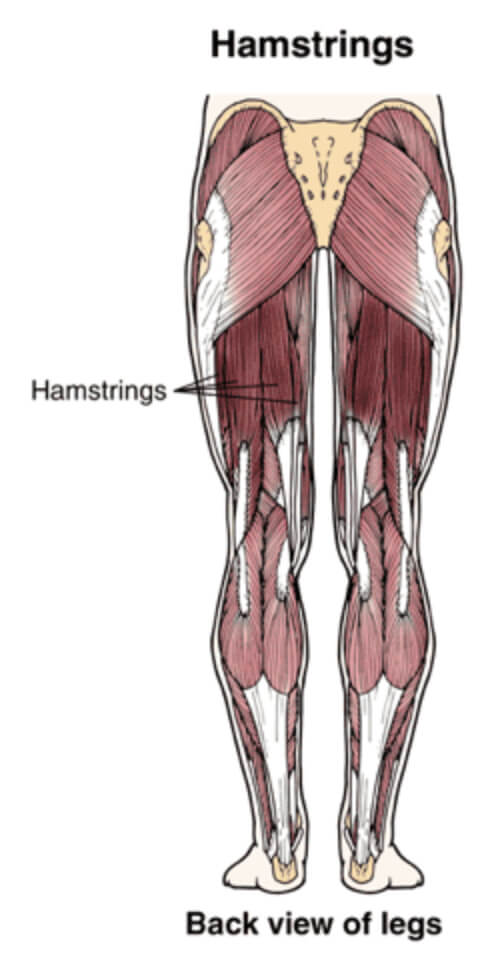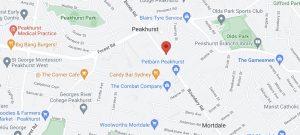What are hamstring strains? A strain is a stretch or tear of a muscle or tendon. People commonly call such an injury a “pulled” muscle.
Your hamstring muscle group is in the back of your thigh and allows you to bend your knee and extend your hip. It is made up of three large muscles: biceps femoris, semimembranosus, and semitendinosus.
How do hamstring strains occur?
A hamstring muscle strain usually occurs when these muscles are contracted forcefully during activities such as running or jumping.
What are the symptoms of hamstring strains?
There is often a burning feeling or a popping when the injury occurs. You have pain when walking or when bending or straightening your leg. A few days after the injury, you may have bruising on your leg just below the injury.
How are hamstring strains diagnosed?
One of our Practitioners will examine your leg and find tenderness at the site of the injury. And they will usually perform a series of muscle tests to figure out the extent of the injury.
How are hamstring strains treated?
Treatment may include:
- Applying ice packs to your hamstrings for 45 minutes every 3 to 4 hours for 2 to 3 days or until the pain goes away
- Elevating your leg by placing a pillow underneath it
- Using crutches if it is too painful to walk.
- Your practitioner will begin treatment to reduce unnecessary scarring of the injury and return muscle elasticity back as close to pre-injury
- All body structures affecting the hamstring will be treated to maintain optimal function
- Treatment will aim at stimulating blood flow to the area to increase the rate of healing
- Strength exercises will be given to strengthening the muscle and tendon.
When can I return to my sport or activity?
The goal of rehabilitation is to return you to your sport or activity as soon as is safely possible. If you return too soon you may worsen your injury, which could lead to permanent damage. Everyone recovers from an injury at a different rate. Return to your sport or activity will be determined by how soon your leg recovers, not by how many days or weeks it has been since your injury occurred. In general, the longer you have symptoms before you start treatment, the longer it will take to get better.
You may safely return to your sport or activity when, starting from the top of the list and progressing to the end, each of the following is true:
- You have bought the strength capacity of the injured muscle to a level that can sustain your sports requirements
- You can do basic running drills, including acceleration and deceleration without pain or discomfort
- You have returned to pre-injury fitness
- You can train with your team or sport without restriction
How can I prevent a hamstring strain?
- Preparing your muscles pre-training or pre-game by gradually increasing the intensity of activity until you reach a game-ready intensity
- Moving your hips and pelvis through a rigorous range of motion without discomfort.



